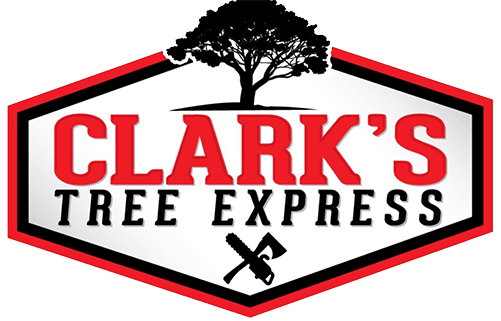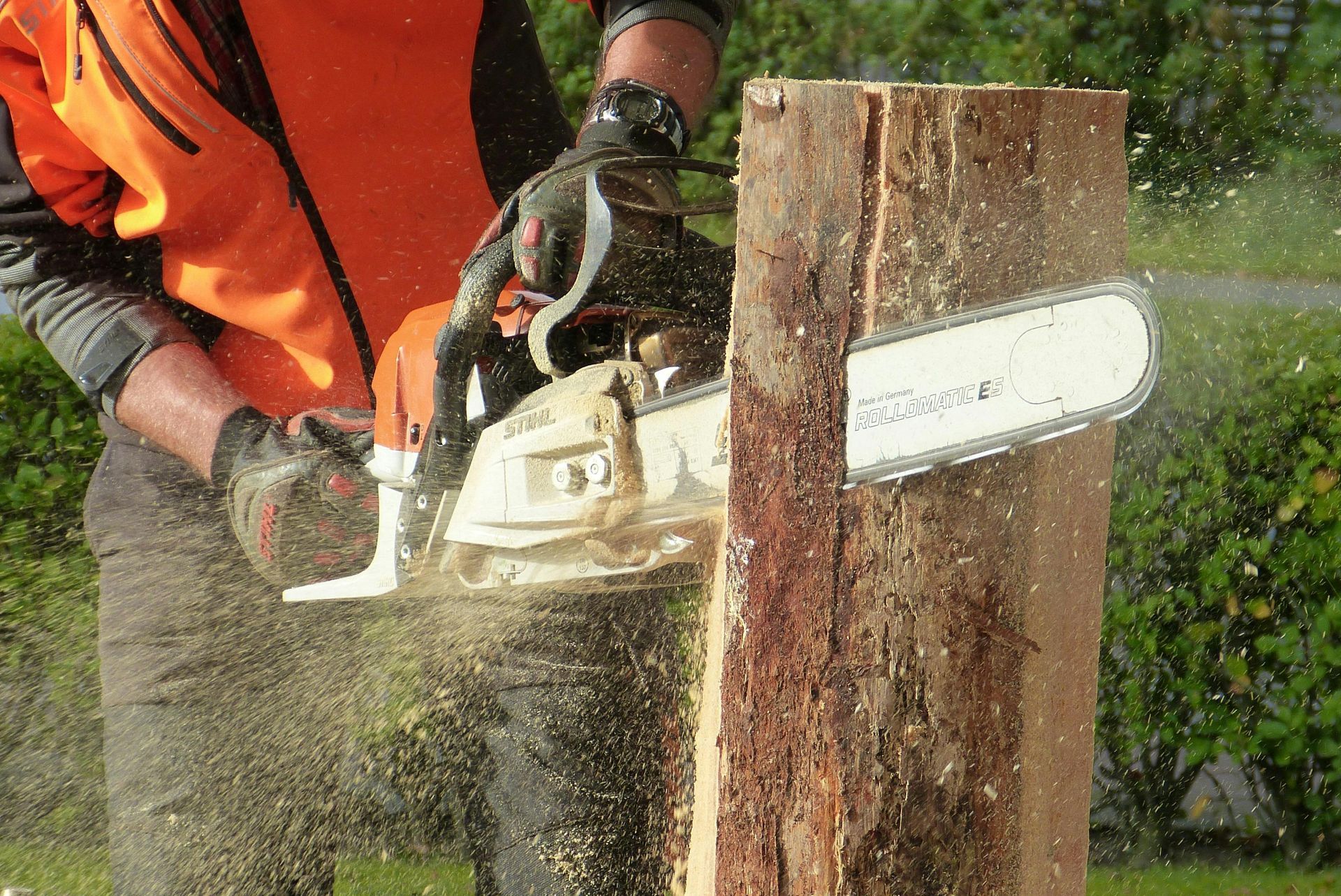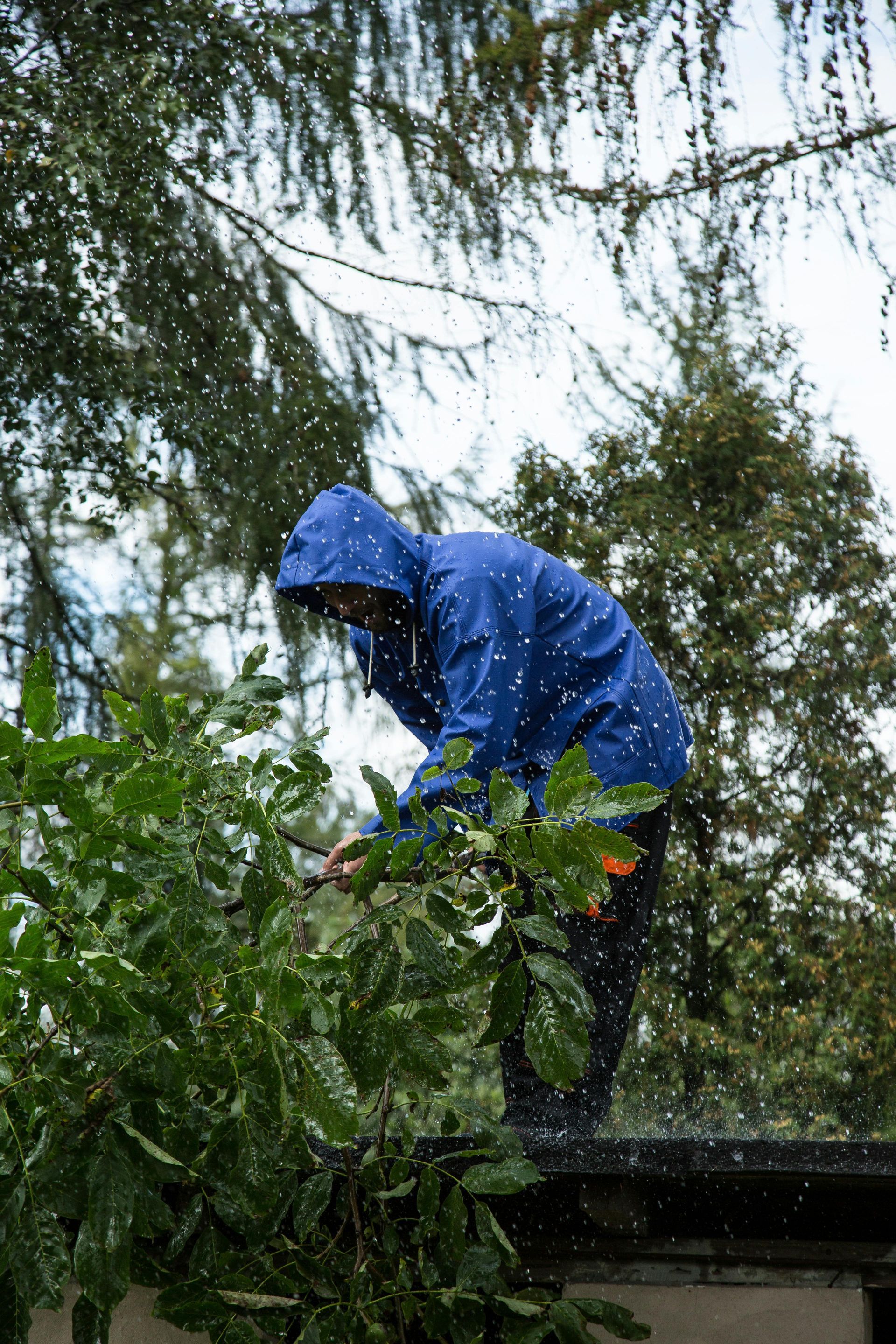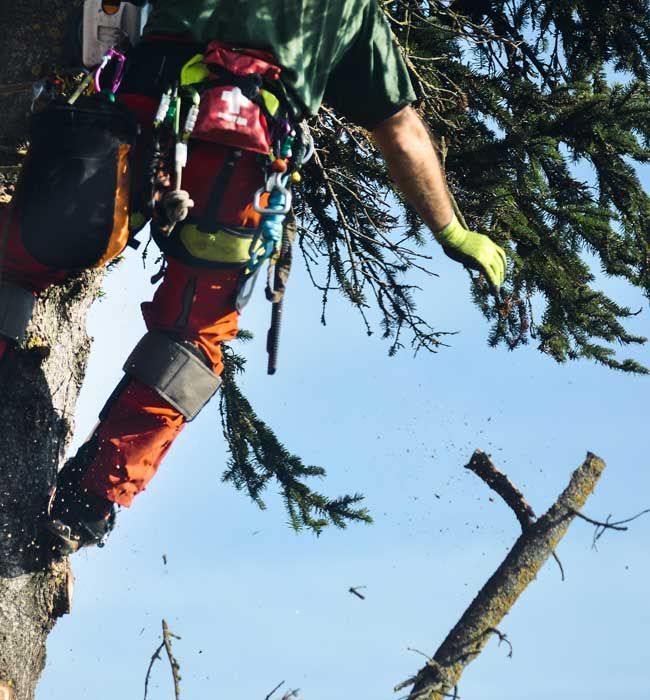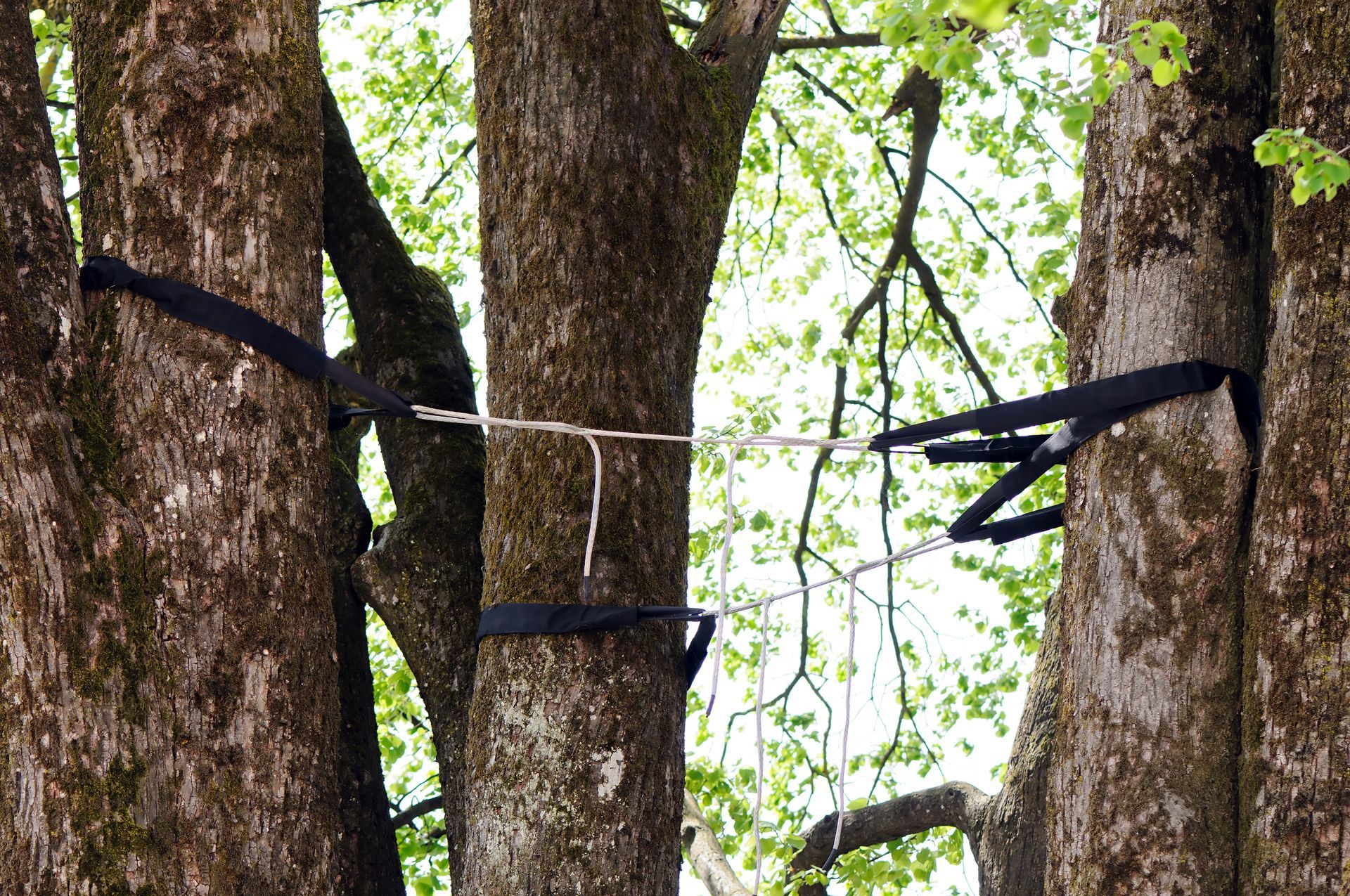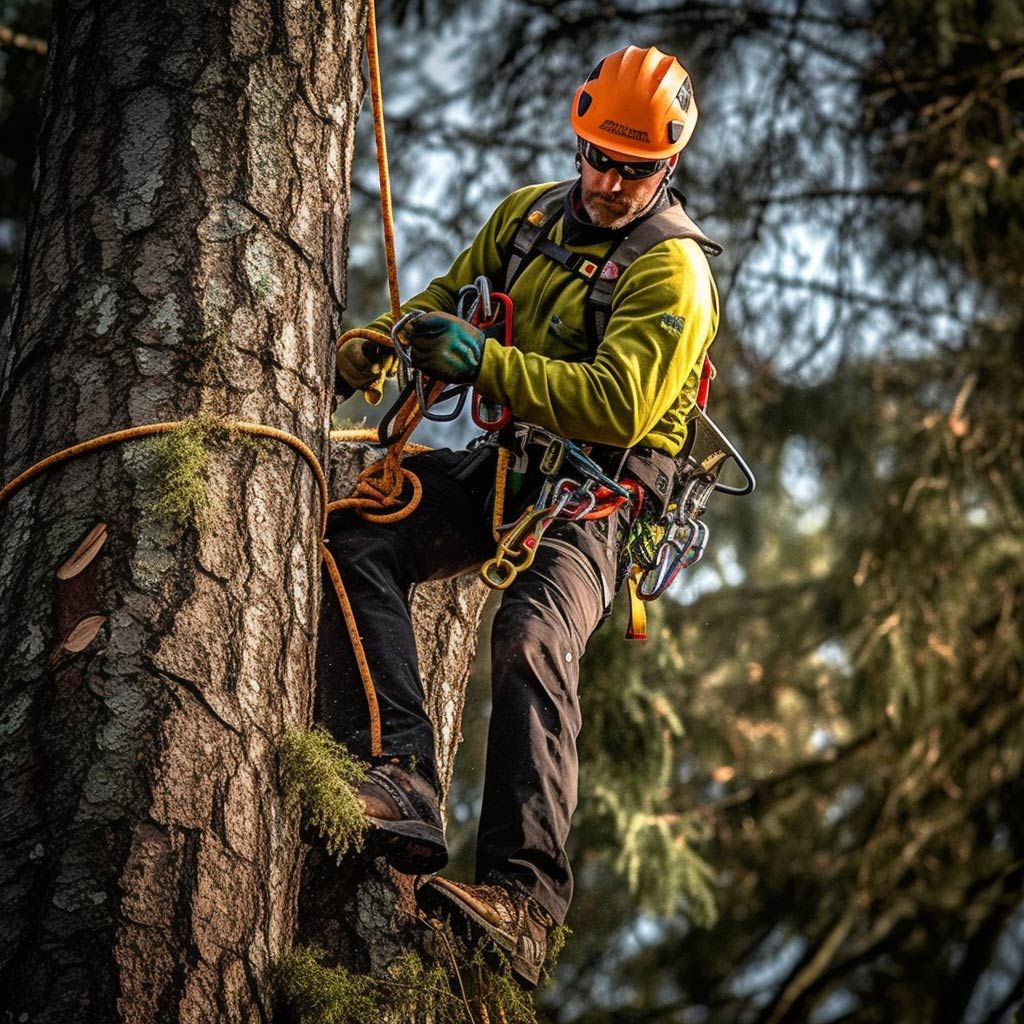
Does My North Carolina Home Insurance Cover Tree Removal?
Homeowners in North Carolina often find themselves asking if their insurance covers tree removal, especially after a big storm. The answer isn’t always clear-cut. Whether your insurance will help cover the cost of removing a fallen tree largely depends on how the tree fell and what it damaged.
If a tree crashes onto your house or garage, there’s a good chance your insurance will cover the removal costs. However, if the tree simply falls in your yard without causing any damage, you might be responsible for paying for the removal yourself.
Understanding what your insurance covers can prevent surprise expenses, helping you to better plan and protect your home and budget. In this blog, we’ll break down what’s covered under your North Carolina home insurance policy so you know what to expect. Let's dive in and see what your policy really covers.
Understanding Home Insurance Policies
When it comes to home insurance, it’s important to know what your policy covers. Most standard home insurance policies cover damage from fire, theft, and weather-related incidents. However, tree removal is a bit more nuanced.
What Home Insurance Typically Covers
Home insurance generally includes coverage for damage to your home and other structures on your property, like a garage or shed. If a tree falls and causes damage to these structures, your insurance will likely cover the removal costs and repairs. This is true whether the tree fell due to a storm, lightning, or even a neighbor's tree landing on your property.
Key Terms Explained
Understanding your policy can sometimes feel like reading a foreign language. Here are a few key terms to help make things clearer:
- Deductible: This is the amount you pay out of pocket before your insurance kicks in. For example, if your deductible is $500 and the removal costs $1,000, you'll pay $500, and your insurance will cover the rest.
- Liability Coverage: This part of your policy protects you if someone gets hurt on your property. If a tree falls and injures someone, liability coverage may help cover their medical bills.
- Coverage Limits: This is the maximum amount your insurance will pay for a covered loss. Knowing your limits is important to ensure you have enough coverage for potential damages.
What Isn’t Covered
Not all tree-related issues are covered. If a tree falls but doesn’t cause any damage to a structure, you might be responsible for the removal costs. Additionally, insurance typically doesn’t cover tree removal if the tree was dead or diseased before it fell due to lack of maintenance.
Understanding these terms and conditions helps you know what to expect when filing a claim. This knowledge can save you time and money when dealing with unexpected tree damage.
Tree Removal Coverage in North Carolina
In North Carolina, tree removal coverage can vary depending on your insurance policy and the specific circumstances of the tree's fall. Understanding these nuances can help you navigate the process more smoothly.
When Is Tree Removal Covered?
Your insurance will likely cover tree removal costs if a tree falls and damages insured structures like your home, garage, or fence. This coverage usually applies if the tree falls due to storms, high winds, lightning, or other natural events. For instance, if a severe storm blows down a tree, causing it to crash onto your roof, your insurance should help cover both the repair costs and the tree removal.
Insurance may also cover removal costs if a fallen tree blocks your driveway or a public road, even if it doesn’t damage a structure. However, it’s always good to check with your specific insurer, as policies can vary.
Exclusions and Limitations
There are certain exclusions and limitations to be aware of. Here’s what is often not covered:
- No Damage to Insured Property: If a tree falls without damaging any insured property, such as landing harmlessly in the yard, you may have to handle the removal costs yourself.
- Pre-Existing Conditions: If the tree was dead or diseased before it fell, and this was due to neglect or lack of maintenance, your insurance might not cover the removal.
- Policy Specifics: Each insurance provider may have different stipulations. Some may exclude certain types of trees or limit coverage to a certain number of trees per incident.
It’s important to read your policy carefully and speak with your insurance agent to fully understand the specifics of your coverage. Being informed about these details can save you from unexpected expenses and help ensure you’re prepared when nature strikes.
Factors Affecting Coverage
Tree removal coverage isn’t one-size-fits-all. Various factors can influence whether your insurance covers the cost of removing a fallen tree in North Carolina. Understanding these factors can help you make informed decisions about your coverage.
Insurance Provider Differences
Insurance policies can vary significantly between providers, so it’s important to know the details of your specific plan. Some insurers may offer more comprehensive tree removal coverage, while others might have more stringent conditions or exclusions.
It’s a good idea to compare policies from different insurers to see which one offers the best protection for your home. Pay attention to the fine print and ask your insurance agent about any specific limitations or exceptions in your policy.
Policy Rider Options
If your current policy doesn’t offer enough coverage for tree removal, consider adding a policy rider. A rider is an add-on that can provide additional coverage beyond your standard policy. For example, you can add coverage for trees that don’t damage structures but still need removal.
Riders can be particularly useful in North Carolina, where storms and hurricanes can lead to unexpected tree damage. Discuss your options with your insurance agent to find a rider that fits your needs and offers extra peace of mind.
Local Regulations and Tree Types
In North Carolina, certain regulations or local ordinances might affect your coverage. For instance, some areas may have rules about the removal of specific tree species or requirements for maintaining trees to prevent damage.
Understanding these regulations can help you stay compliant and avoid potential issues with your insurance coverage. Additionally, certain tree types may be more prone to falling, so knowing which trees pose a higher risk can help you plan accordingly.
By considering these factors, you can ensure your home is adequately protected and avoid unpleasant surprises when filing a claim. Make sure to review your policy regularly and stay informed about any changes that might affect your coverage.
Filing a Claim for Tree Removal
If a tree falls and causes damage to your property, knowing how to file a claim can make the process smoother and less stressful. Here’s a step-by-step guide to help you navigate the claim process for tree removal in North Carolina.
Step-by-Step Guide
Document the Damage
Start by taking clear photos of the fallen tree and any damage it caused. This documentation is crucial for your insurance claim. Include images from different angles to provide a comprehensive view of the situation.
Contact Your Insurance Company
Reach out to your insurance provider as soon as possible. Report the incident and provide them with the details of what happened. Be sure to ask about specific information or forms you need to fill out.
Review Your Policy
Before proceeding with the claim, review your insurance policy to understand what’s covered and what isn’t. Pay close attention to any deductibles and coverage limits related to tree removal and property damage.
Get an Estimate
Obtain a professional estimate for the cost of removing the tree and repairing any damage. This estimate will be necessary for your claim and will help your insurer determine the appropriate payout.
Submit the Claim
Complete any required claim forms and submit them along with your photos and estimate. Ensure all documents are filled out accurately to prevent delays in processing.
Work with an Adjuster
Your insurance company will likely send an adjuster to assess the damage. Cooperate with them and provide any additional information they need to evaluate your claim.
Follow Up
After submitting your claim, follow up with your insurer to check on its status. Keep records of all communications and notes from conversations for future reference.
Common Pitfalls to Avoid
- Neglecting Maintenance: If the fallen tree was dead or diseased due to lack of maintenance, your claim might be denied. Regularly inspect and maintain your trees to avoid such issues.
- Ignoring Deadlines: Insurance policies often have time limits for filing claims. Make sure you submit your claim promptly to avoid missing out on coverage.
- Not Keeping Receipts: If you need to pay for emergency tree removal or repairs before your claim is processed, keep all receipts and documentation to ensure reimbursement.
By following these steps and avoiding common mistakes, you can increase the likelihood of a successful claim and get your property back to normal as soon as possible.
How to Ensure Adequate Coverage
Having the right insurance coverage can make all the difference when dealing with unexpected tree damage. Here’s how you can make sure your home insurance policy is up to the task.
Reviewing and Updating Your Policy
It’s a good idea to review your home insurance policy regularly. Life changes, and so can your coverage needs. Consider the following tips:
- Annual Check-In: Set a reminder to review your policy at least once a year. Look for any changes in coverage or new exclusions that might affect your protection.
- Assess Tree Risks: Evaluate the trees on your property. Are any of them close to your home or power lines? Knowing the risks can help you determine if you need additional coverage.
- Adjust Coverage as Needed: If your review reveals gaps in your coverage, consider making adjustments. You might need to increase your coverage limits or add a policy rider for extra protection.
Working with an Insurance Agent
A good insurance agent can be a valuable resource in ensuring you have the right coverage. Here’s how they can help:
- Expert Advice: Insurance agents understand the nuances of different policies. They can help you find the best coverage options for your specific needs and budget.
- Customized Solutions: An agent can work with you to customize your policy, adding riders or endorsements as necessary to cover potential risks related to trees on your property.
- Ongoing Support: Your agent can assist with any questions or issues that arise, whether you’re filing a claim or considering a policy change.
Questions to Ask Your Insurer
When discussing your policy with your insurance provider, consider asking the following questions to ensure you have the coverage you need:
- What specific scenarios are covered for tree removal?
- Are there any exclusions or conditions I should be aware of?
- How does the deductible apply to tree removal claims?
- Can I add extra coverage for tree removal, and what are the costs?
- What is the process for filing a claim, and how long does it typically take?
Having these conversations can provide peace of mind and help you avoid surprises when you need to file a claim.
By proactively reviewing your policy, working with a knowledgeable agent, and asking the right questions, you can ensure your home is protected from the financial impact of tree-related incidents.
Conclusion
When a tree falls on your property and causes damage to structures like your home or garage, your insurance will likely cover the costs of removal and repair. However, if a tree falls in your yard without causing damage, you might be responsible for the removal expenses. Knowing these details helps you plan and make informed decisions.
Regularly reviewing your insurance policy, working with a knowledgeable insurance agent, and asking the right questions can ensure that you have adequate coverage. Whether it’s adding a rider for extra protection or understanding local regulations, being proactive can save you time and money in the long run.
When it comes to tree care, don't leave anything to chance.
Protect your property and ensure your trees are in expert hands with Clark's Tree Express, the trusted name in tree services across North Carolina.
Serving communities throughout Lake Norman (including Denver, Sherrills Ford, Troutman, Mooresville, Davidson, Cornelius, and Huntersville), Gaston County (Belmont, Gastonia, Kings Mountain), Charlotte, Lake Wylie (Tega Cay, Fort Mill, Rock Hill, York, Clover), and Lincoln County (Lincolnton, Iron Station, Maiden, Stanley), Clark's Tree Express has been your local tree service specialist since 1975.
With over four decades of experience, our skilled team is ready to handle all your tree care needs, from tree removal and tree trimming to stump grinding and tree planting. We also specialize in emergency storm damage tree removal, providing quick and safe solutions when severe weather strikes.
Our services include:
- Tree Removal
- Tree Trimming/Pruning
- Emergency Storm Damage Tree Removal
- Stump Grinding
- Tree Planting
- Cabling
- Lot Clearing, specializing in strategic tree removal
Don't wait for problems to grow. Contact Clark's Tree Express today to schedule your consultation and discover why we are the top choice for tree services in North Carolina. Let our experts help you maintain the beauty and safety of your landscape.
Contact us now to get a free quote!
Contact Us
We will get back to you as soon as possible.
Please try again later.
CONTACT INFORMATION
Address:
6631 Olmsford Dr, Huntersville, NC 28078, United States of America
Business Hours:
- Mon - Sun
- Open 24 Hours
